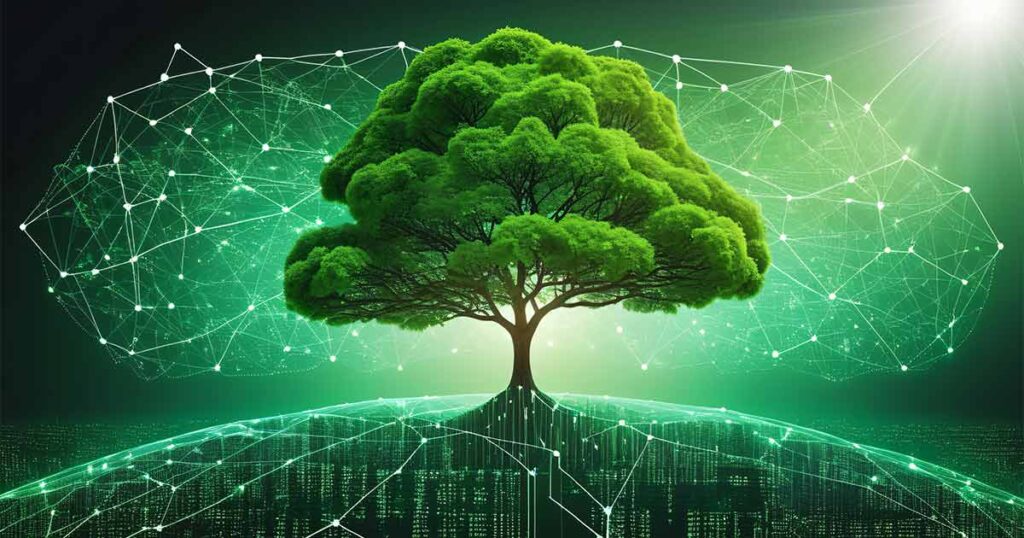In today’s digital age, the environmental impact of technology is becoming increasingly significant. As the internet continues to grow, so does the energy consumption associated with web hosting. This has led to the emergence of green hosting providers, which focus on minimizing their carbon footprint and promoting sustainability. This article will explore what a green hosting provider is, how it operates, its benefits, and why it matters in the context of global environmental concerns.
Understanding Green Hosting

Green hosting refers to web hosting services that utilize environmentally friendly technologies and practices to reduce their ecological impact. These providers aim to minimize their carbon emissions and promote sustainable practices throughout their operations. The key principles of green hosting include:
- Use of Renewable Energy: Green hosting providers typically power their data centers and servers with renewable energy sources such as solar, wind, hydroelectric, or geothermal energy. This reduces reliance on fossil fuels and lowers overall carbon emissions.
- Energy-Efficient Infrastructure: Many green hosting companies invest in energy-efficient hardware and data center designs. This includes using advanced technologies like server virtualization to optimize resource usage and reduce the number of physical servers required.
- Carbon Offsetting: Some green hosting providers engage in carbon offsetting practices, which involve investing in projects that aim to reduce greenhouse gas emissions. This can include reforestation projects or purchasing carbon credits to balance out their environmental impact.
- Waste Reduction: Green hosting companies often implement measures to reduce electronic waste (e-waste) by recycling and responsibly disposing of outdated hardware. This commitment to reducing waste extends to their office practices as well.
- Sustainability Certifications: Many green hosting providers seek certifications such as ENERGY STAR or LEED (Leadership in Energy and Environmental Design) to demonstrate their commitment to sustainability and energy efficiency.
